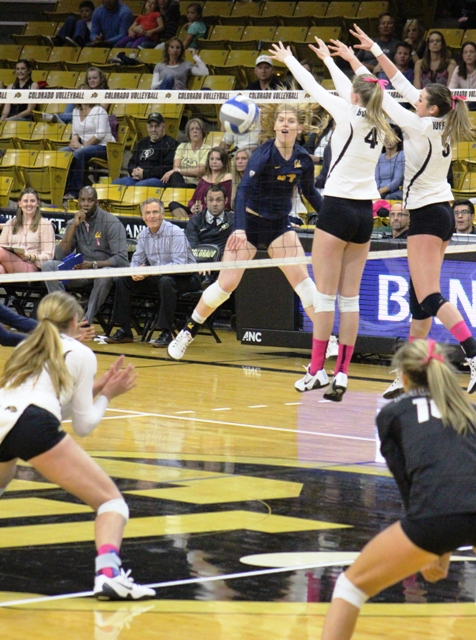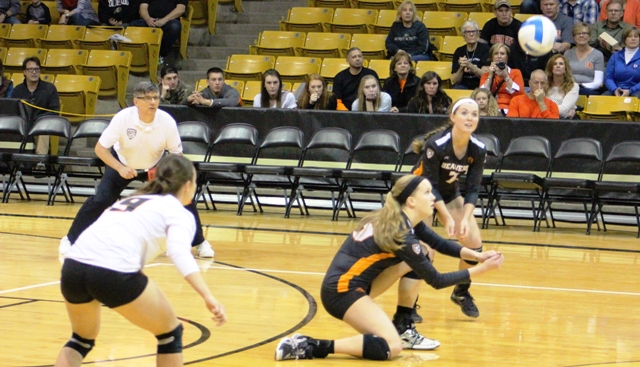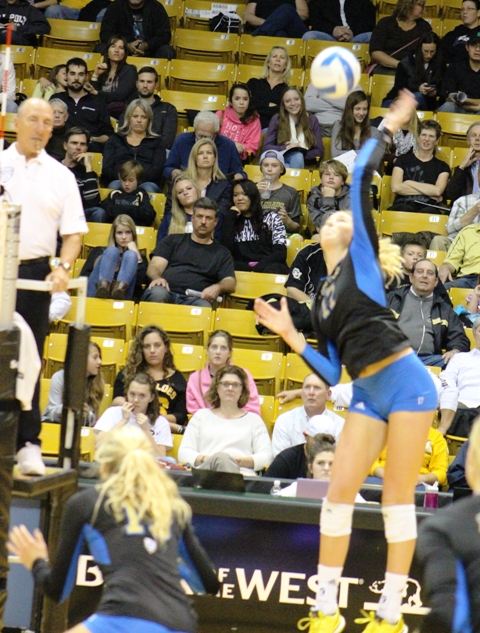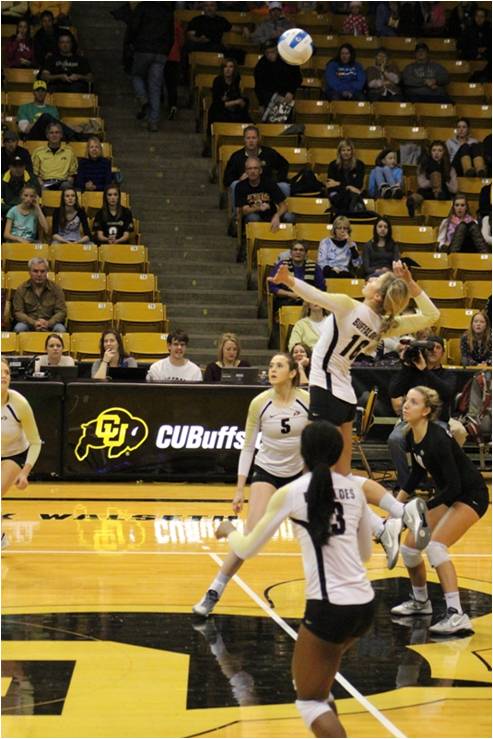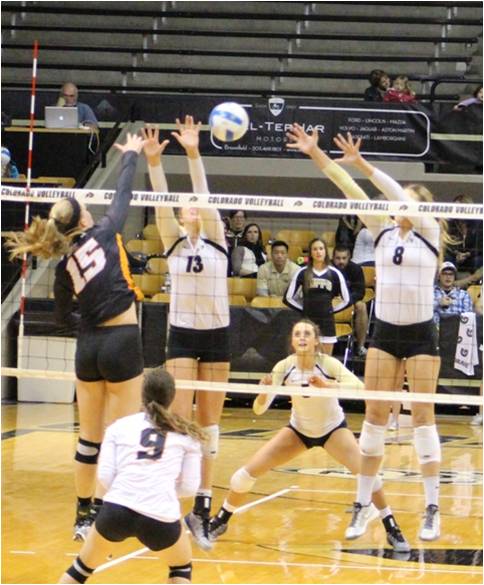The May 25th season-ending Intercollegiate Tennis Association (ITA) women’s team rankings (http://www.itatennis.com/) saw Stanford and California at the top of the polls. Both schools are from the PAC-12.
The SEC conference had three top ten teams – Florida, Vanderbilt, and Georgia. The ACC also had two teams in the top 10, North Carolina and Miami.
Six of the top 10 teams moved up in the rankings compared to the January 5th rankings, two remained in the same position, and two teams fell in the rankings but remained in the top 10.
By the end of the season, USC, Virginia, UCLA, and Texas A&M had fallen out of the top 10 rankings (January 5th).
| May 25, 2016 Ranking | January 5, 2016 ranking | School | Conference | |
|---|---|---|---|---|
| 1 | 8 | Stanford | PAC-12 | |
| 2 | 6 | California | PAC-12 | |
| 3 | 3 | University of Florida | SEC | |
| 4 | tie-4 | North Carolina | ACC | |
| 5 | 1 | Vanderbilt University | SEC | |
| 6 | 18 | Ohio State University | Big 10 | |
| 7 | tie-4 | University of Georgia | SEC | |
| 8 | 12 | Oklahoma State University | Big 12 | |
| 9 | 19 | Pepperdine | WCC | |
| 10 | 13 | University of Miami (Florida) | ACC |
As expected there was minimal movement in the singles rankings between January 5th and June 1st, with a couple of exceptions.
| June 1, 2016 ranking | January 5, 2016 Ranking | Player | School | Conference | |
|---|---|---|---|---|---|
| 1 | 4 | Danielle Collins | Virginia | ACC | |
| 2 | 6 | Hayley Carter | North Carolina | ACC | |
| 3 | 14 | Luisa Stefani | Pepperdine | WCC | |
| 4 | 2 | Francesca Di Lorenzo | Ohio State | Big 10 | |
| 5 | 12 | Ellen Perez | University of Georgia | SEC | |
| 6 | 7 | Sinead Lohan | University of Miami (Florida) | ACC | |
| 7 | 16 | Breaunna Addison | Texas | Big 12 | |
| 8 | 11 | Brooke Austin | Florida | ACC | |
| 9 | 5 | Maegan Manasse | California | PAC-12 | |
| 10 | 9 | Stephanie Wagner | University of Miami (Florida) | ACC |
The following players fell out of the top 10 rankings over the course of the season:
• In the January 5th poll, Joana Eidukonyte, Clemson, was ranked first; she finished the season in the 30th position.
• Belinda Woolcock of Florida was ranked 3rd on January 5th, but fell to 15th by the end of the season.
• Julia Elbaba, Virginia, was ranked 8th at the start of the season and dropped to 13th.
• Finally Klara Fabikova, California, began the season ranked 10th and finished in the 16th position.
The ACC dominated the top 10 singles rankings with 5 players. Miami had two players ranked in the top 10.
The results of this year’s team and individual tournaments were interesting in the sense that the number one team in the country Stanford only had one singles player ranked in the top 25. Carol Zhao was ranked 24th.
Having strong depth is much different than having the top players in the country. Some teams have depth, some have strong players, and a few have both. That is what makes college tennis so exciting.
